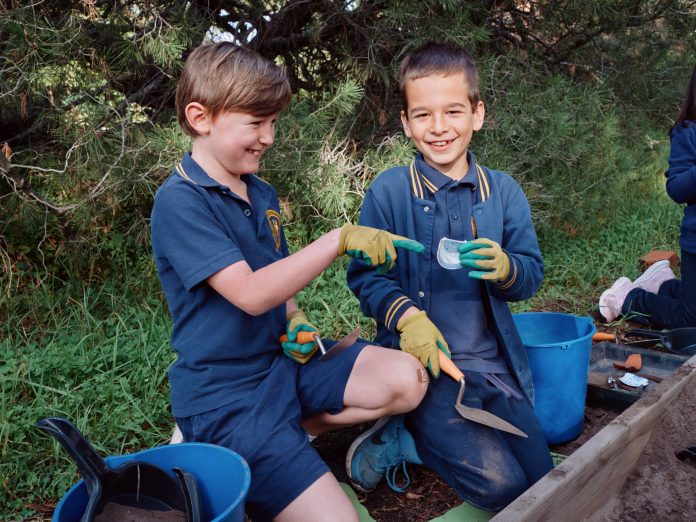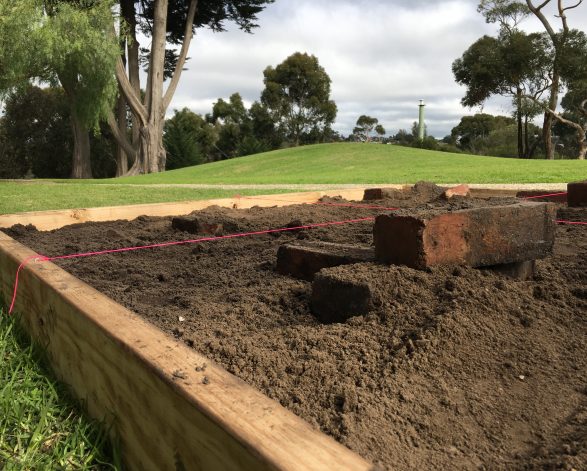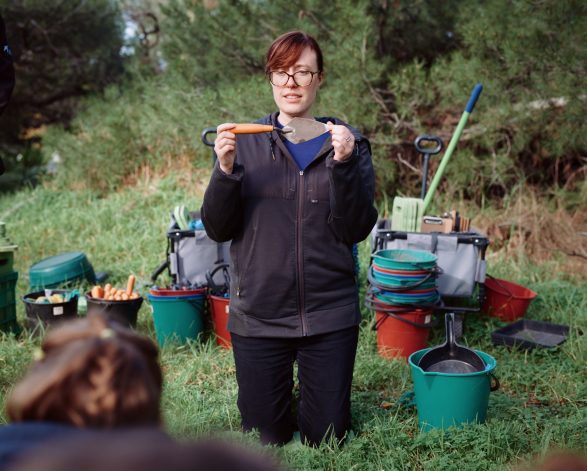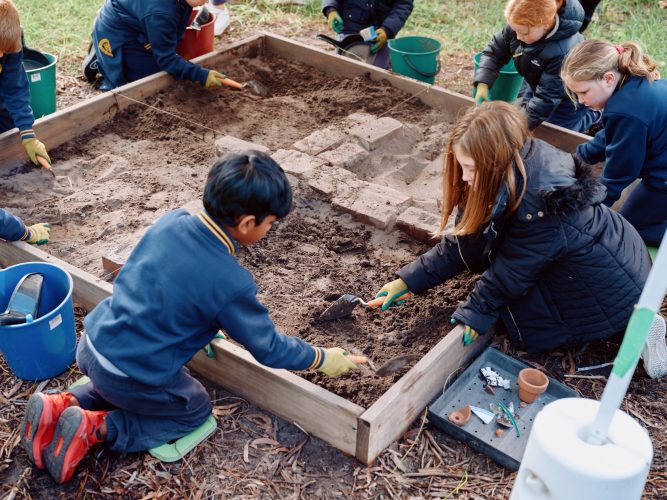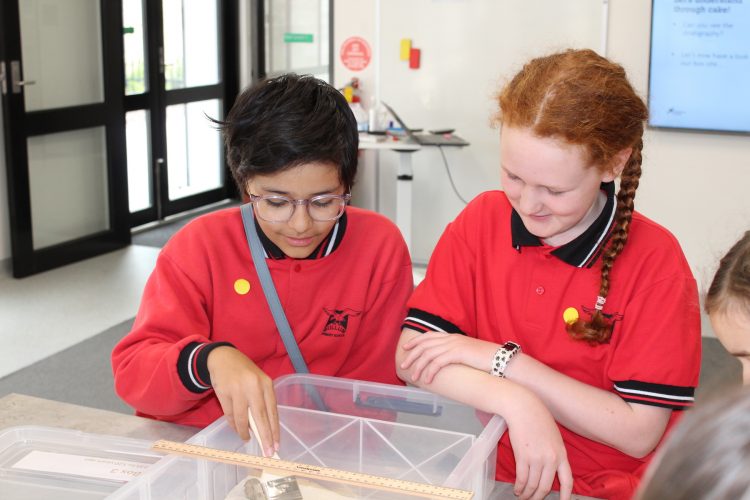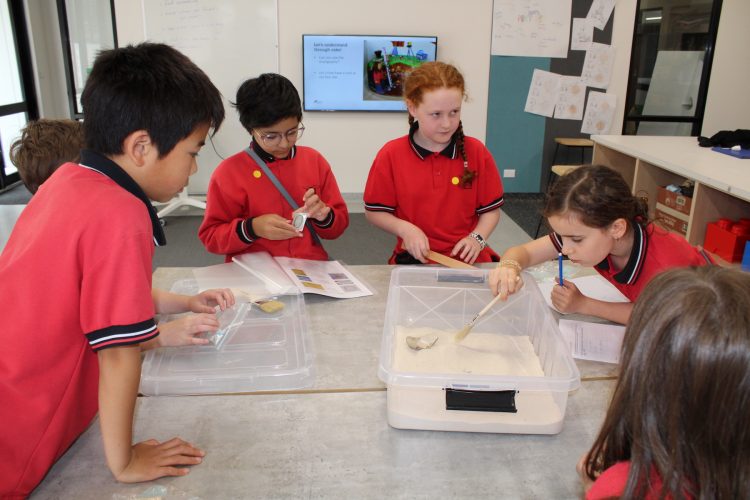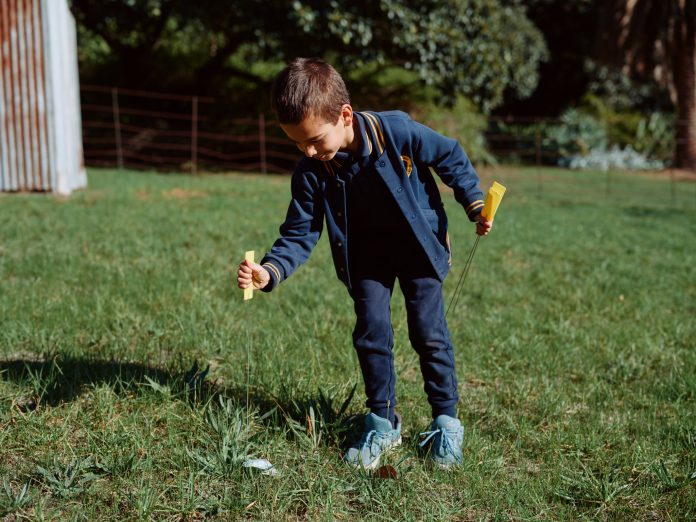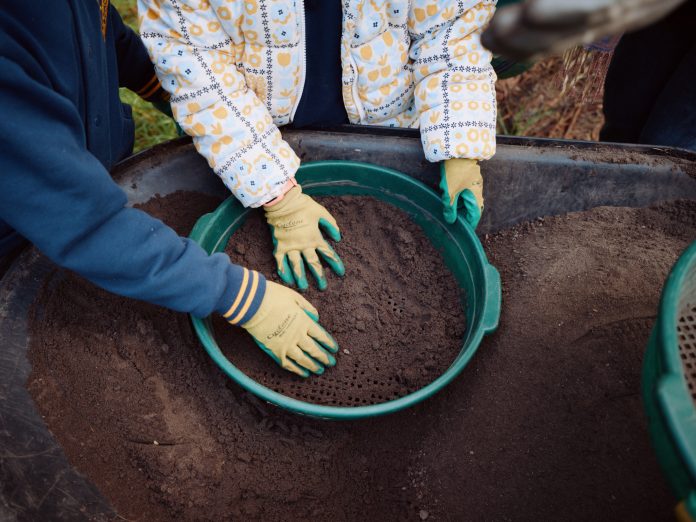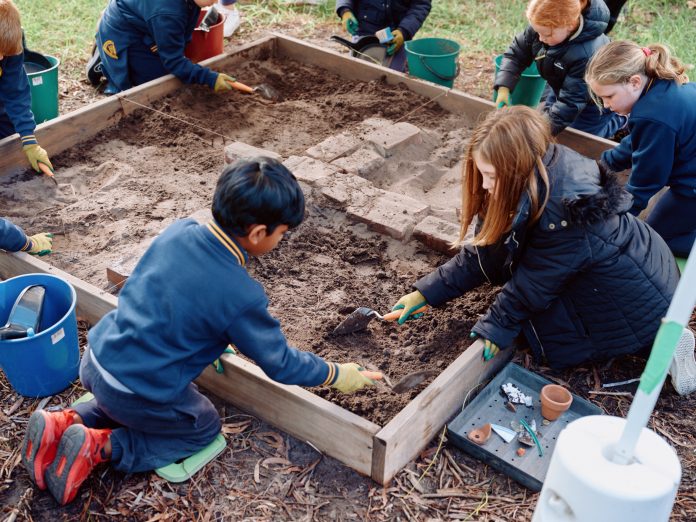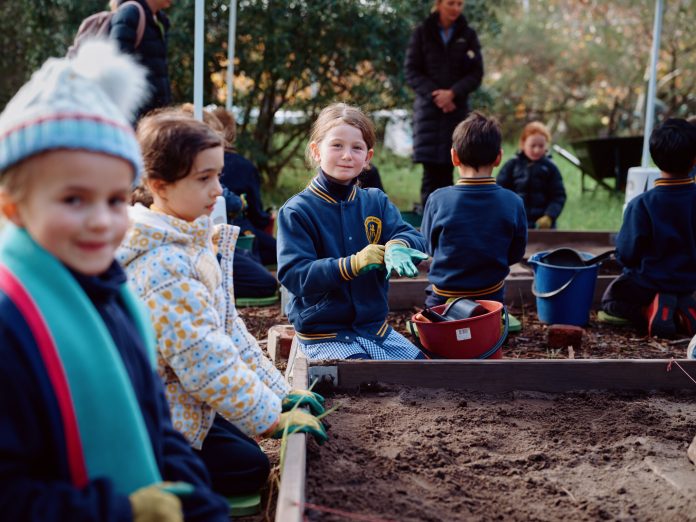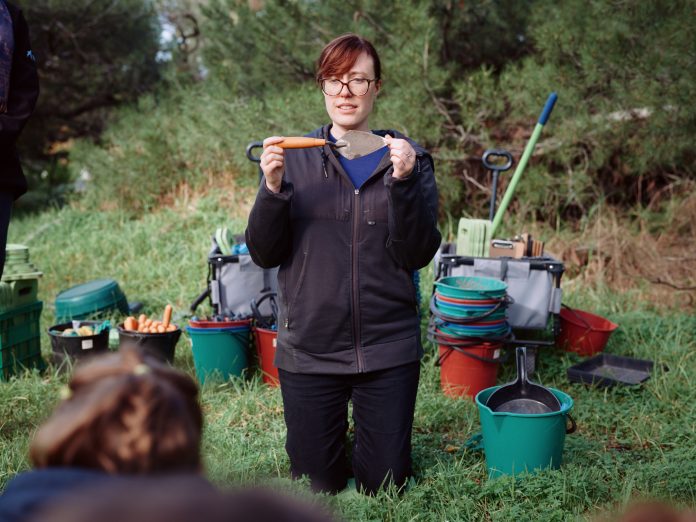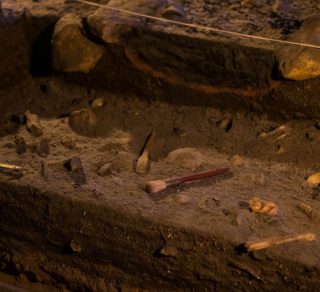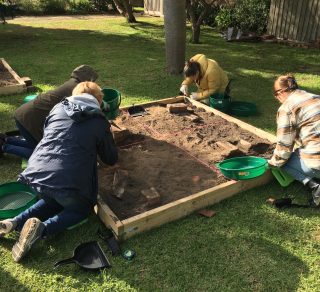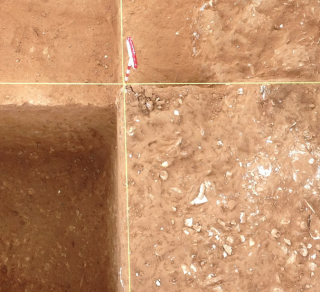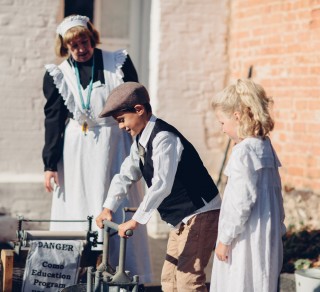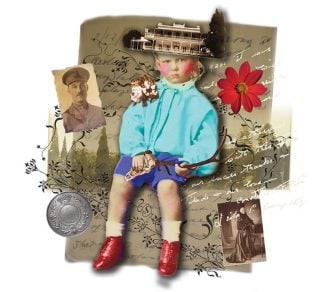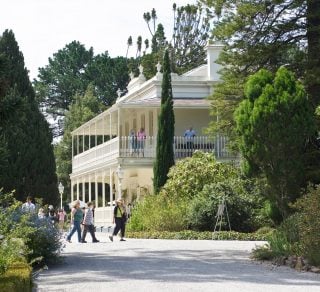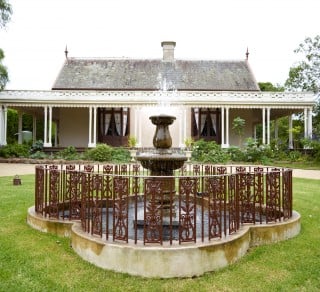| Levels 7 and 8 | History | Historical Knowledge and Understanding | Overview: Levels 7 and 8 | The different methods and sources of evidence used by historians and archaeologists to investigate early societies, and the importance of archaeology and conserving the remains, material culture and heritage of the past (VC2HH8K03). | Explore how archaeologists and historians use different methods and sources to study early societies, and understand the significance of preserving artefacts, material culture, and historical heritage to gain insights into past human life. |
| | | Investigation: Aboriginal and Torres Strait Islander Peoples’ knowledge and understandings (deep time to the modern era) | Aboriginal and Torres Strait Islander Peoples’ responses to environmental processes and changes during Deep Time (VC2HH8K07). | Learn about the changing environments experienced by Aboriginal and Torres Strait Islander Peoples’ across the Late Pleistocene to the modern era. |
| | | | Changing evidence and interpretations of Aboriginal and Torres Strait Islander Peoples as the world’s oldest continuous cultures (VC2HH8K11). | Learn about the different archaeological sources used to establish Aboriginal and Torres Strait Islander Peoples as the world’s oldest continuous cultures and how evidence and interpretations have evolved over time |
| | Historical Concepts and Skills | Historical Questions | Develop and use historical questions to inform historical investigations (VC2HH8S01). | Develop questions using historical concepts to guide an archaeological investigation. |
| | | Chronology | Sequence significant events, individuals, ideas and developments chronologically to explain continuity and change and causes and consequences (VC2HH8S02). | Learn the concepts of stratigraphy and use terms like ‘Late Pleistocene’ and ‘Holocene’ to sequence key developments chronologically, explaining continuity and change, and its causes and consequences. |
| | | Using Historical Sources | Explain the features, content and context of historical sources (VC2HH8S03). | Engage with different types of archaeological sources to reconstruct a past landscape and understand how people interacted with it, while explaining the features, content, and context of these historical sources. |
| | | | Analyse the value of sources for use as evidence to explain historical significance, continuity and change, and causes and consequences (VC2HH8S04). | Compare different types of archaeological evidence to understand how they contribute to the reconstruction of past peoples and landscapes. |
| | | Causes and consequences | Explain continuity and change (VC2HH8S07). | Explore the different continuities and changes that occurred in Australia across the Late Pleistocene to the modern era in order to understand how they have shaped historical developments. |
| | | Communicating | Construct historical interpretations using appropriate historical concepts, terms, knowledge, conventions and evidence from historical sources (VC2HH8S10). | Develop a historical argument based on archaeological observations from the simulated site, using appropriate historical concepts, terms, knowledge, conventions, and evidence, when presenting these findings to the group. |
| Science | Science as a Human Endeavour | Nature and Development of Science | Scientific knowledge, including models and theories, can change because of new evidence (VC2S8H01). | Assess how new archaeological evidence can alter our understanding of people and places over time, reflecting changes in scientific knowledge, models, and theories. |
| | | Processing, modelling, and analysing | Information and processed data can be analysed to show patterns, trends and relationships, and to identify anomalies (VC2S8I05). | Students will analyse the archaeological record from their simulated site, spanning the Late Pleistocene to the Modern Era, to identify patterns, trends, relationships, and anomalies in relation to continuity and changes. |
| | | Evaluating | Evidence-based arguments can be constructed to support conclusions or evaluate claims, including consideration of ethical issues and protocols associated with using or citing secondary data or information (VC2S8I07). | Propose their interpretation and reconstruction of the site based on the archaeological evidence discovered, constructing evidence-based arguments to support their conclusions. |
| | | Communicating | Communicating ideas, findings and arguments for specific purposes and audiences involves the selection and use of appropriate presentation formats, scientific vocabulary, models and other representations, and may include the use of digital tools (VC2S8I08). | Discuss their excavation findings as a class and use the research manual to analyse the artefacts in detail, employing appropriate scientific vocabulary and models to communicate ideas, findings, and arguments effectively. |




